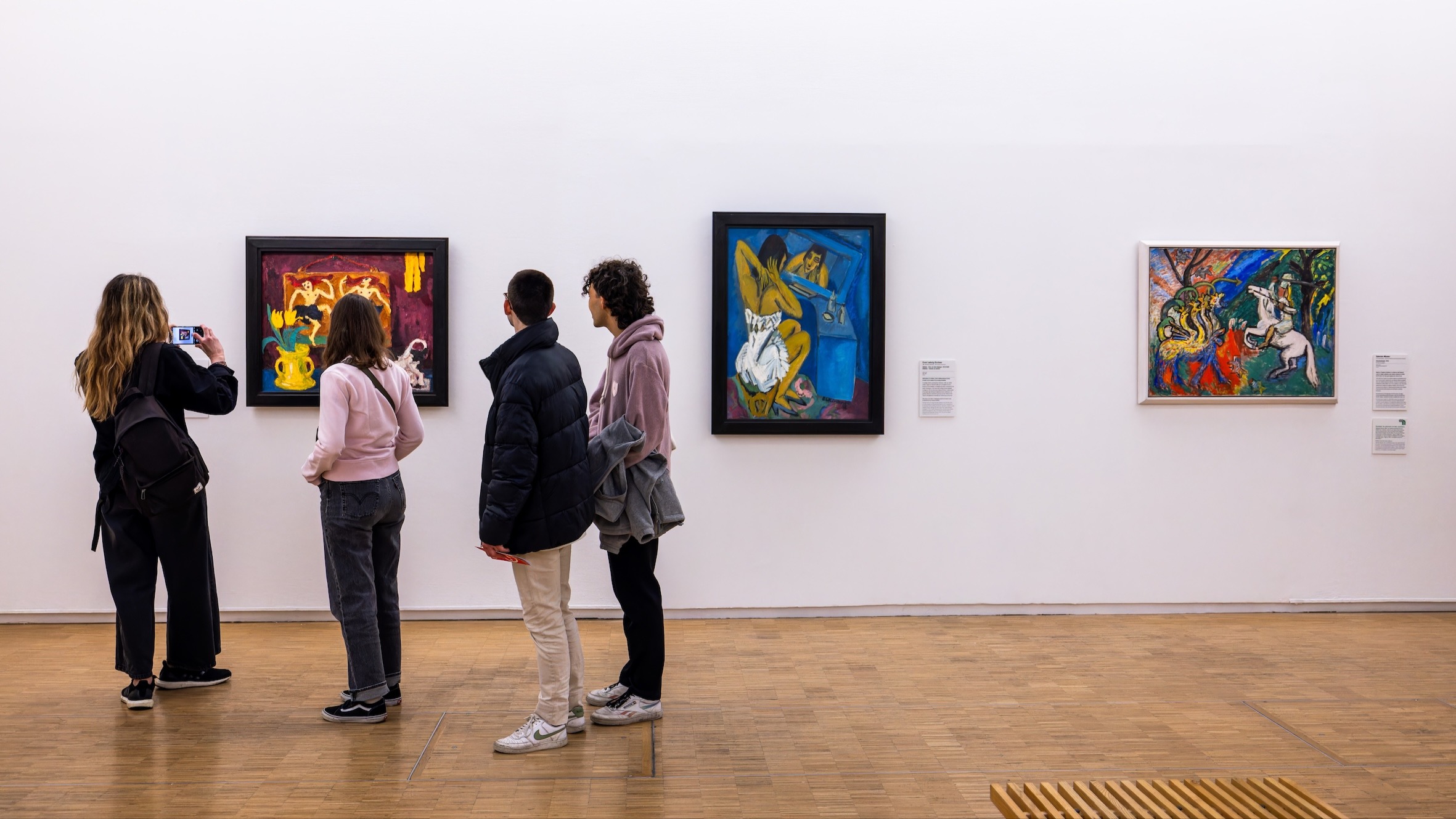
The Great Wealth Transfer and the Next Generation's Approach to Art Collecting
For several years now, discussions about wealth transfer between the old and new generations, and the rising interest in art investments among younger people have been ongoing. According to the Bank of America Private Bank Study of Wealthy Americans 2024, the Next Generation is going to inherit nearly $84 trillion from seniors and baby boomers, with approximately 20% of wealthy Americans expecting to inherit part or all of the family art collection. This massive transfer of wealth, often referred to as the Great Wealth Transfer, is set to significantly impact various sectors, including the art market.
Following the disruptions caused by Covid-19 and the subsequent increase in asset prices, many wealthy collectors are planning to transfer some of their assets to their heirs earlier than initially planned. This precautionary move is partly driven by the desire to minimize tax implications and ensure that the next generation is well-prepared to manage these assets (Deloitte Private and ArtTactic Art & Finance Report 2023) .
This upcoming Great Wealth Transfer inevitably raises a series of questions about the financial attitudes of these younger generations, their economic expectations, and their plans for managing the art collections they will inherit. One of the main differences between older and younger investors, highlighted by Bank of America's survey, is their attitude toward investment tools. Younger people are more skeptical of traditional investments, with 72% of individuals aged 21 to 43 agreeing that it is no longer possible to achieve above-average returns by investing exclusively in traditional options. In contrast, only 28% of those older than 44 share this view. Younger investors prefer to diversify their portfolios and hold alternative investments like crypto and digital assets, as affirmed by 28% of younger people surveyed.
It is also clear that the Next Generation has different values and considerations when it comes to investments. They are not only interested in capital gains and financial returns but also in a company's ethics, social impact, and the sentimental value of an investment. Wealthy younger people are increasingly demonstrating social commitment and interest in philanthropic causes when planning their investment strategies. They seek purpose-driven investment plans that align with their personal values and contribute positively to society.
The philanthropic approach to investments extends to their plans for inherited art as well. Younger people are more inclined to donate or loan art pieces to galleries, museums, or private foundations, viewing this as a way to share cultural heritage and support public access to art. This trend highlights a shift from purely private enjoyment of art collections to a more community-focused approach.
Owning an art collection is of high interest among those who did not inherit family art but wish to build their own collections. According to Bank of America's survey, 83% of younger people either own an art collection or aspire to start one. Many people with collections worth $100K or more state that they are more likely to be buyers than sellers, indicating a robust demand for art as an investment and a passion for collecting.
An increasing number of younger collectors consider art a valuable asset class and seek professional services to manage their art ownership. These services include art market research, art advisory, art valuation, and art investment funds.
Therefore, the younger generation’s approach to art investments is conscious and well-informed about economic trends. They prefer a diversified portfolio, exploring alternative investment tools, and consistently showing an interest in philanthropic and ethical purposes.




